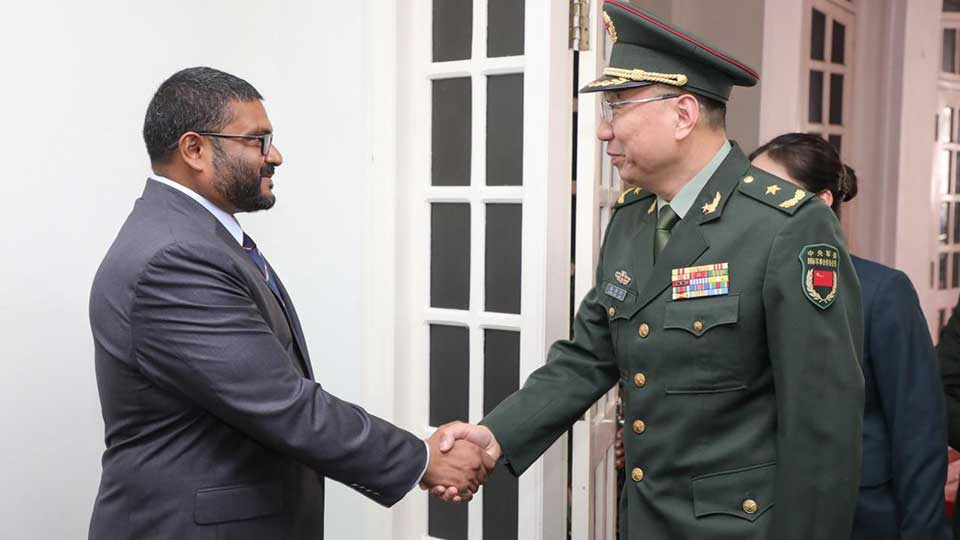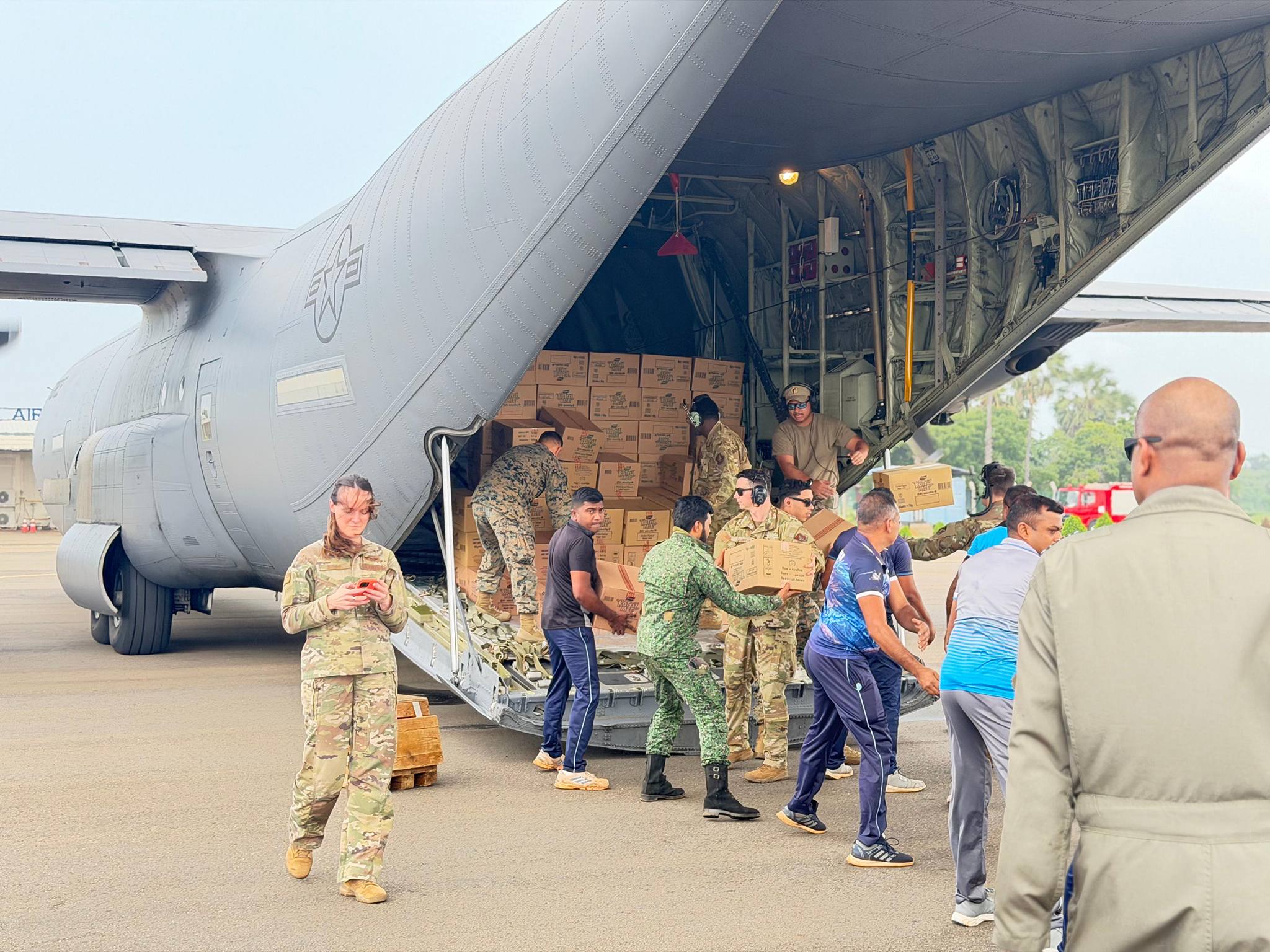The PLA will continue to pursue the establishment of overseas military installations and access agreements in an attempt to project power and protect China’s interests abroad. Beyond developing its military base in Djibouti and its military facility at Ream Naval Base in Cambodia, Beijing reportedly is considering pursuing military facilities in multiple locations, including—but not limited to—Burma, Cuba, Equatorial Guinea, Pakistan, the Seychelles, Sri Lanka, Tajikistan, Tanzania, and the UAE, “the U.S. intelligence community’s 2024 Annual Threat Assessment states.
Since 2006, the Director of National Intelligence has annually published the unclassified summary of the Intelligence Community’s (IC) Worldwide Threat Assessment at public hearings of the IC oversight committees in the U.S. Senate and House of Representatives. This is the first time that the IC has highlighted Sri Lanka when considering China’s overseas military installation. As usual, the government of Sri Lanka refuted the IC’s claim. State Defense Minister Premitha Bandara Tennakoon told the media that Sri Lanka has not discussed the possibility of establishing a military base with any foreign government, including China.
However, amid this usual rhetoric in Colombo, a Chinese People’s Liberation Army (PLA) delegation for international military cooperation visited the Maldives, Sri Lanka, and Nepal from March 4 to 13, announced the Chinese Ministry of National Defense (MND). During the visit, both exchanged views on mil-to-mil relations and regional security issues of common concern, with a focus on promoting bilateral defense cooperation.
Against this backdrop, the U.S. intelligence community has reported that China’s military eye is on Sri Lanka. Since the first assessment in 2006, the dragon’s game has changed drastically over the past 20 years, as evidenced by the 2024 annual assessment.
A 2006 intelligence report noted that China is concerned only with its immediate neighbors. However, today’s geopolitical reality has upturned this.
In 2006, the U.S. intelligence community’s assessment report only limited China’s influence within its immediate periphery, but now the geopolitical reality has changed unimaginably. “Chinese foreign policy currently focuses on the country’s immediate periphery, including Southeast and Central Asia, where Beijing hopes to make economic inroads, increase political influence, and prevent a backlash against its rise,” the 2006 assessment added.
Twenty years ago, people estimated that China’s only economic strategy was to reach out to Taiwan’s opposition parties and win the public’s support, but today, China is attempting to connect with all of the political elite in the Indian Ocean Region.
At the 19th Party Congress in 2017, following Chinese President Xi Jinping’s second term as head of the Chinese Communist Party of China, USICA declared that “China will also pursue efforts aimed at fulfilling its ambitious “One Belt, One Road” initiative to expand China’s economic role and outreach across Asia through infrastructure projects.”
The last assessment report for 2023 said, “The PLA will continue to pursue the establishment of overseas military installations and access agreements in an attempt to project power and protect China’s interests abroad. However, the report did not specify Sri Lanka; it mentions the existing military bases in Djibouti and noted that Beijing reportedly is pursuing potential bases in Cambodia, Equatorial Guinea, and the UAE, but the assessment noted that PLA “seeks to improve relations with amenable countries and advance its overseas basing goals.”
Dragon’s military presence in Sri Lanka is not a new phenomenon; it has likely been a topic of discussion for many years since China won a 99-year lease for the Hambantota port.
The global strategic community has repeatedly highlighted PLA’s moves in Sri Lanka. First, US Vice President Mike Pence mentioned that China is going to build a military base at Hambantota Port. As usual, the Sri Lankan government denied it.
US Secretary of State Mike Pompeo, who visited Sri Lanka in 2019, predicted that “we see from bad deals, sovereignty violations, and lawlessness on land and sea that the Chinese Communist Party is a predator.” The US comes in a different way. “We come as friends and partners,” he pointed out.
The US Department of Defense (DOD) released a comprehensive report on China in 2023, indicating that Beijing is likely already considering and planning for additional military bases and logistics facilities to support naval, air, and ground forces projections in several countries around the world, including Sri Lanka.
AidData, a research lab at the College of William and Mary in Williamsburg, Virginia, published a report in 2023 that claimed that China is keen to establish a naval base in Sri Lanka’s Hambantota Port in the next two to five years.
According to the AidData report “Harboring Global Ambitions: China’s Port Footprint and Implications for Future Overseas Naval Bases,” China might establish naval bases in eight locations over the next two to five years. Sri Lanka’s Hambantota Port is number one on the list.
China’s aggressive attempts to bet on India’s neighboring countries are not new, but it has now moved towards military expansion in the South Asian region. The U.S. intelligence community’s 2024 Annual Threat Assessment and other independent assessments designate this. China has been deepening its influence among the political elites of India’s neighboring nations based on economic corporations. As a result of this move, pro-Chinese political elites have emerged in all the small countries in South Asia.
What does China truly want? China is trying to make a case for the option of choosing or balancing between two competing regional powers rather than relying solely on India. That’s why China gradually aims to exert an inevitable influence on the internal politics of these countries. Undoubtedly, China seems to be making progress toward its goal. Maldives, the smallest country in Asia is a good example of this. China’s goal is very clear—that is, to win without war against India in the Indian Ocean Region.
That is, on the one hand, using its weight to force a regime change in these countries in favor of China—and perhaps, if that fails, it uses covert energy to weaken India’s influence in these countries
China’s moves towards on India’s neighbors should be understood in this light. The Maldives seeks to form a military alliance with China. This situation may confuse other India’s smaller neighbours. How is India going to handle this? To contain this, India must be a hegemonic power in South Asia. The “Sama Dana Beda Danda” approach should be considered.




